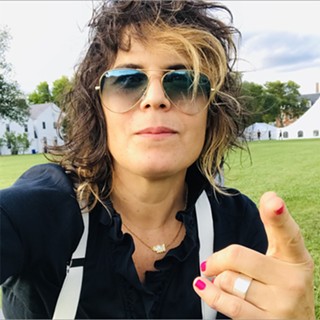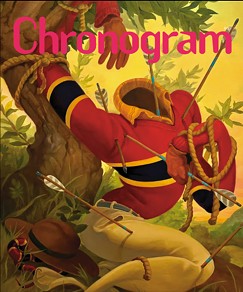
Known for his provocative paintings of male nudes, Harold Stevenson (1929-2018) explored corporeal sensuality and realms of desire in his art for over 50 years. This summer, in Ghent presents “Harold Stevenson: Less Real Than My Routine Fantasy,” which includes his painting, sculpture, writing, and never-before-seen archival materials. Having exhibited in museums around the world including the Louvre, the Whitney, and the Guggenheim, this is the first institutional solo show of Stevenson’s work in New York.
Born and raised in Oklahoma, Stevenson studied art at the University of Oklahoma, where he also participated in ROTC military activities. In 1949, he was awarded a national scholarship to attend the Art Students League, and he set off for New York City. Disappointed with the formal ambiance of art training there, he dropped out and soon after met Andy Warhol. Both newly arrived on the scene, they had an immediate camaraderie and remained close until Warhol’s death in 1987. Warhol was both a friend and a mentor, and Stevenson starred in two of his early films, among other creative collaborations. Stevenson would go on to become enmeshed in the worlds of art, fashion, and high society in Manhattan, eventually working for the famed designer Charles James as a personal secretary, a gig that allowed him the necessary time to focus on his art practice.
Dubbed an “elegant young cowboy from Oklahoma” by the press during the 1960s, Stevenson was itinerant throughout his life and frequently travelled to Europe. During the height of his early career, he painted The Eye of Lightning Billy (1962), a work that was exhibited in the “New Realists” show at the Sidney Janis Gallery in 1962, alongside Tom Wesselman, Wayne Thiebaud, Claes Oldenburg, James Rosenquist, and other powerhouse artists of the era (Billy was collected by the Museum of Modern Art in 2008). A year later, Stevenson’s monumental 40-foot-tall painting of the Spanish bullfighter El Cordobes was hung on the Eiffel Tower in Paris, which resulted in traffic jams in the surrounding area, and caused the government to remove the work. (He is considered the first artist to activate the famous landmark as a space to exhibit art.) In 1964, his paintings were confiscated by the Italian police for indecency. Despite repeated censorship, Stevenson remained resolute about the sensuous content of his work.

The”‘routine fantasy” of Stevenson’s painterly erotica is anything but conventional: His artworks glow in their celebration of intimacy and pleasure. Erect nipples, armpit hair, and fingers take on heightened meaning through his focus on the seductiveness of these forms. Even eyebrows and eyelashes become otherworldly through his artistic touch, as seen in The Mesmerized (1963), a close-up view of a green-eyed man leaning into his own arm as he looks directly at us in an undeniably sexy moment. With an affinity for erogenous zones, Stevenson often isolates an area of the body to embolden its agency, and the tension and suspense of his style are expressed in works such as Love is an Offering, Lengths of a Chain (Panel One) (1964), featuring a cropped image of a sturdy hand in all its muscular intensity. Later in his life, Stevenson addressed the gay men’s health crisis through works such as AIDS Magic Sparks War (1988) from his Death in Key West series, a painting that features two small and giddy skeleton faces against the torso of a horizontal male nude in a nondescript environment.
Throughout his idiosyncratic career, Stevenson challenged social norms and authority with his bold visions of bodies and the boundless suggestiveness of anatomy. After years of worldly travel and a dynamic lifestyle as an international artist, Stevenson eventually returned to his hometown in Idabel, Oklahoma, where he lived in a modest log cabin in the forest before his death at 89 years of age. His sensual paintings continue to resound his vernation of human flesh as raw, real, and unabashedly randy. Stevenson lived authentically as a man and an artist. He once so bravely stated: “I knew I had to be me from the time I was four years old. I wouldn’t be able to breathe if I tried to be something I’m not. Painting was breathing.”
















